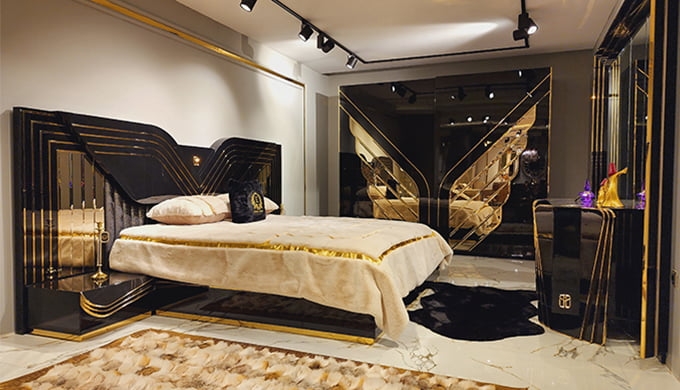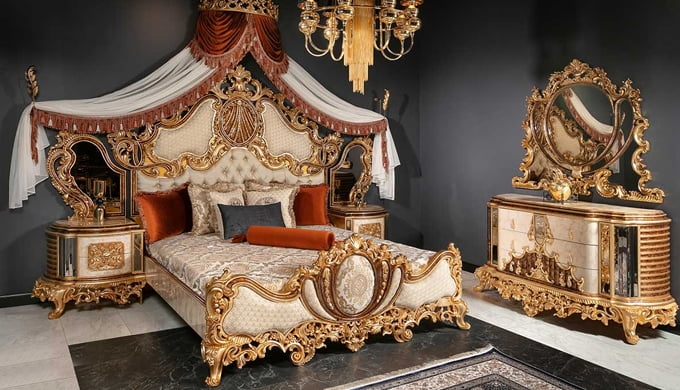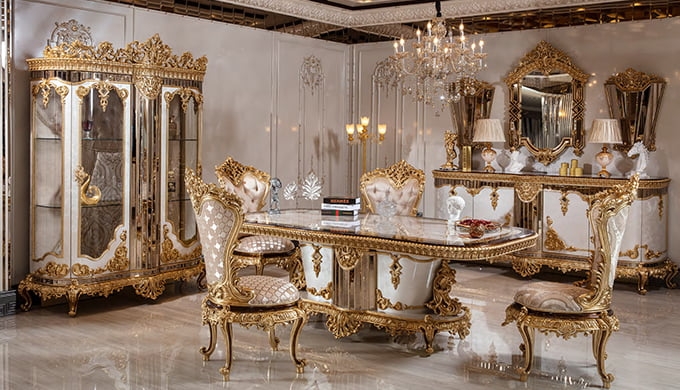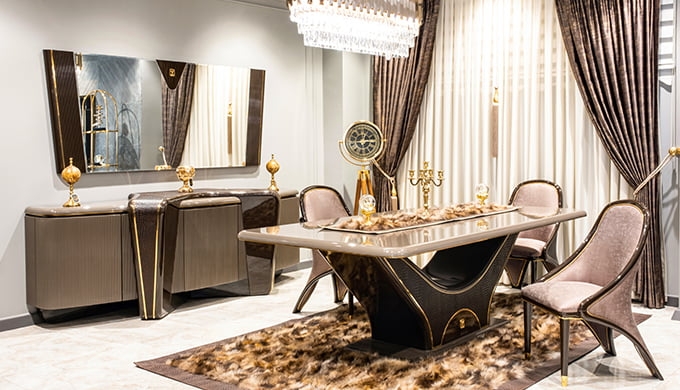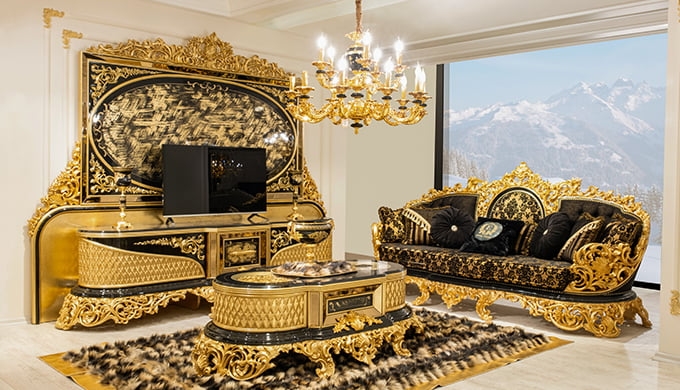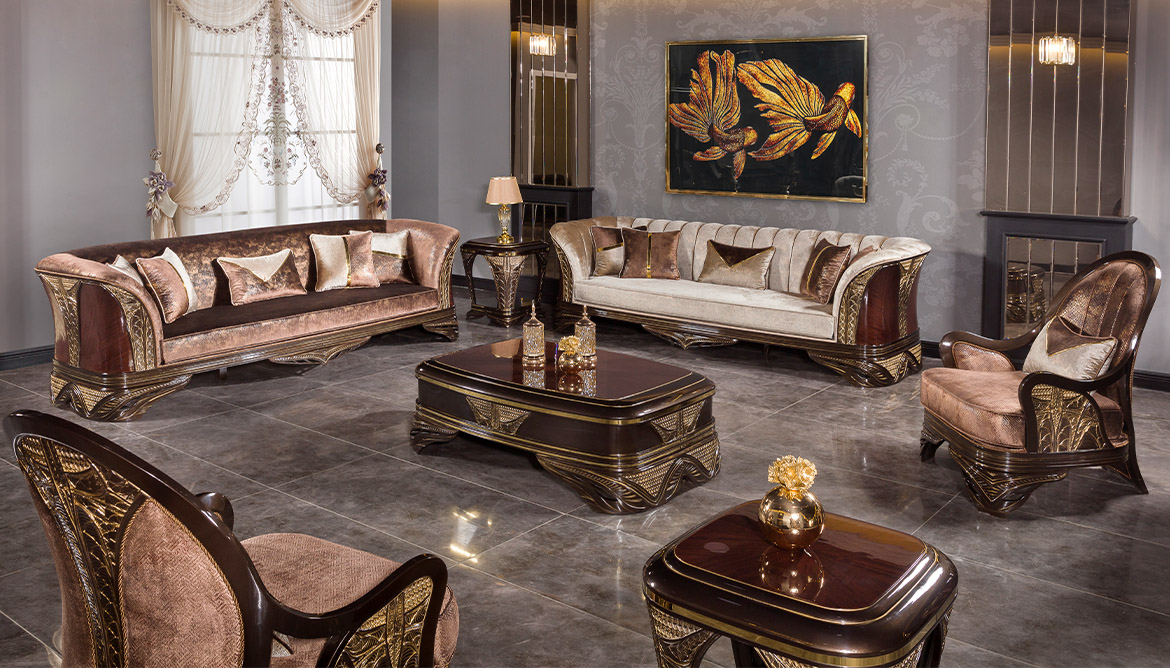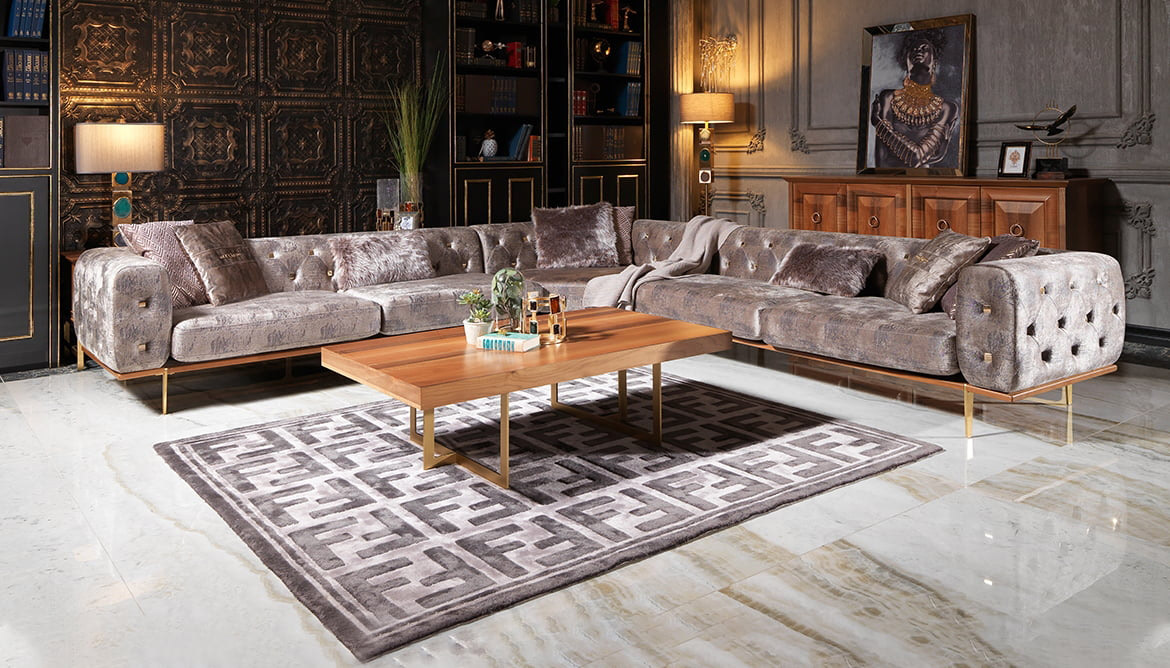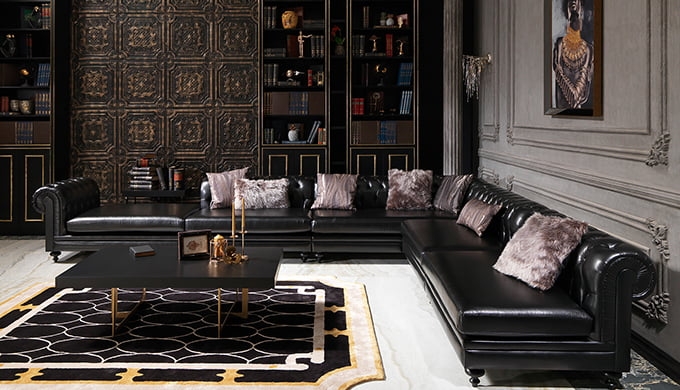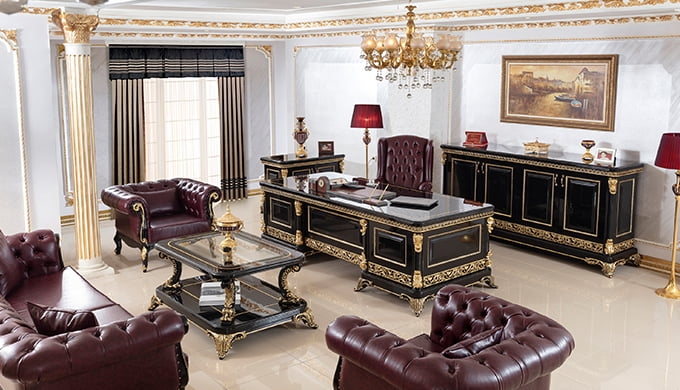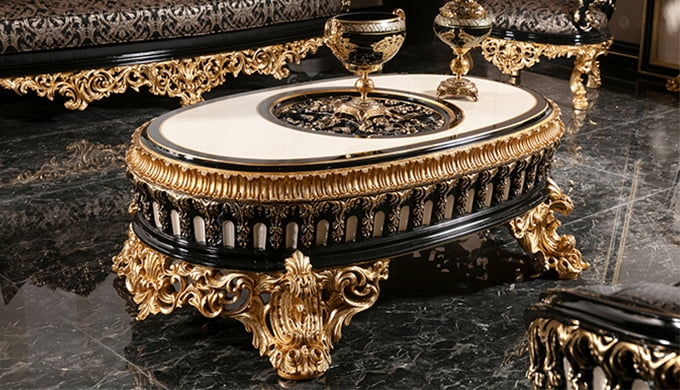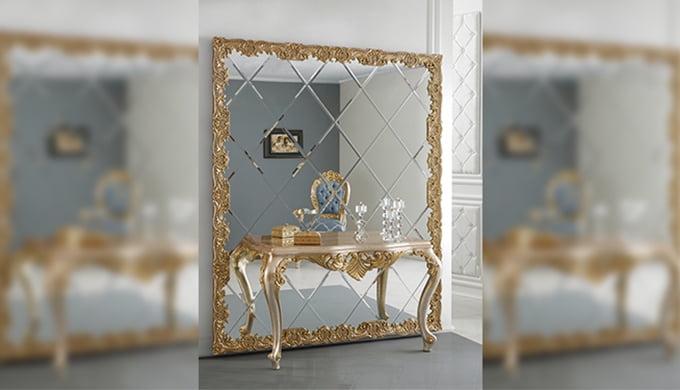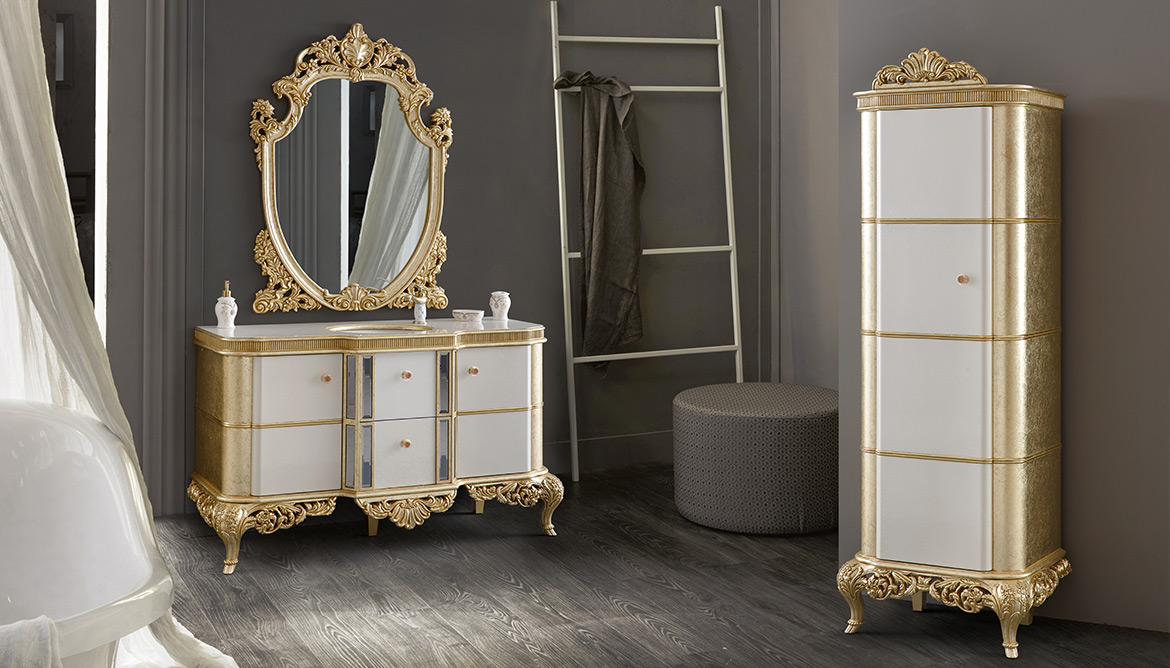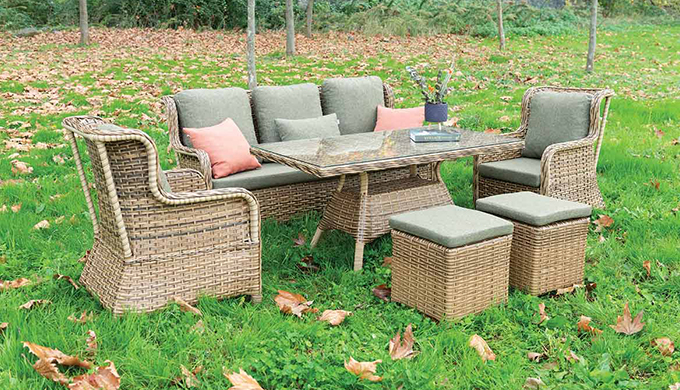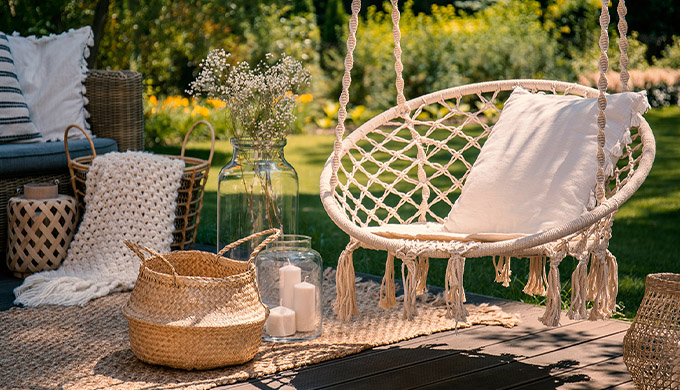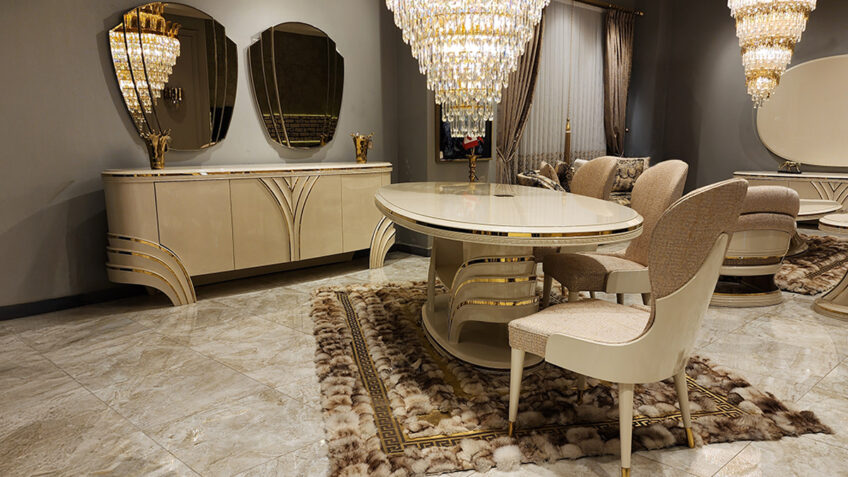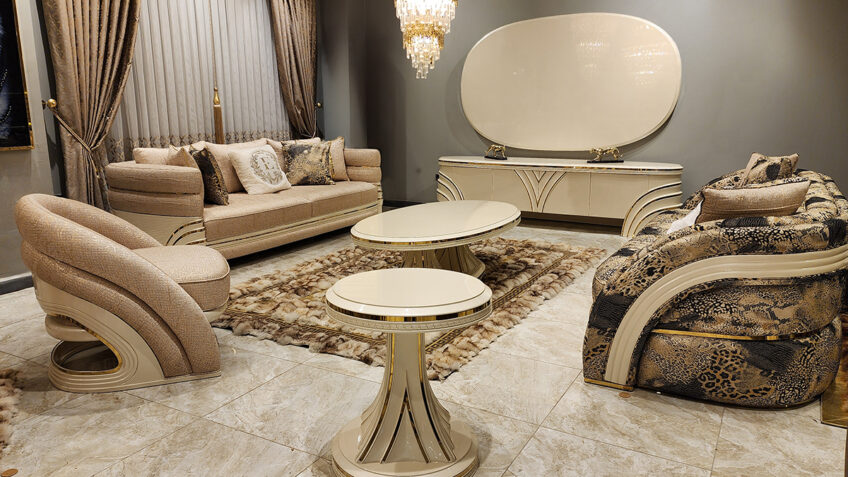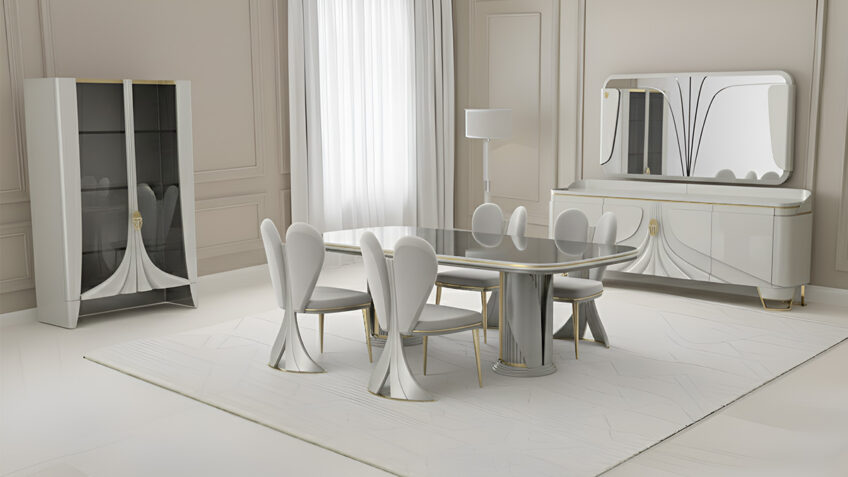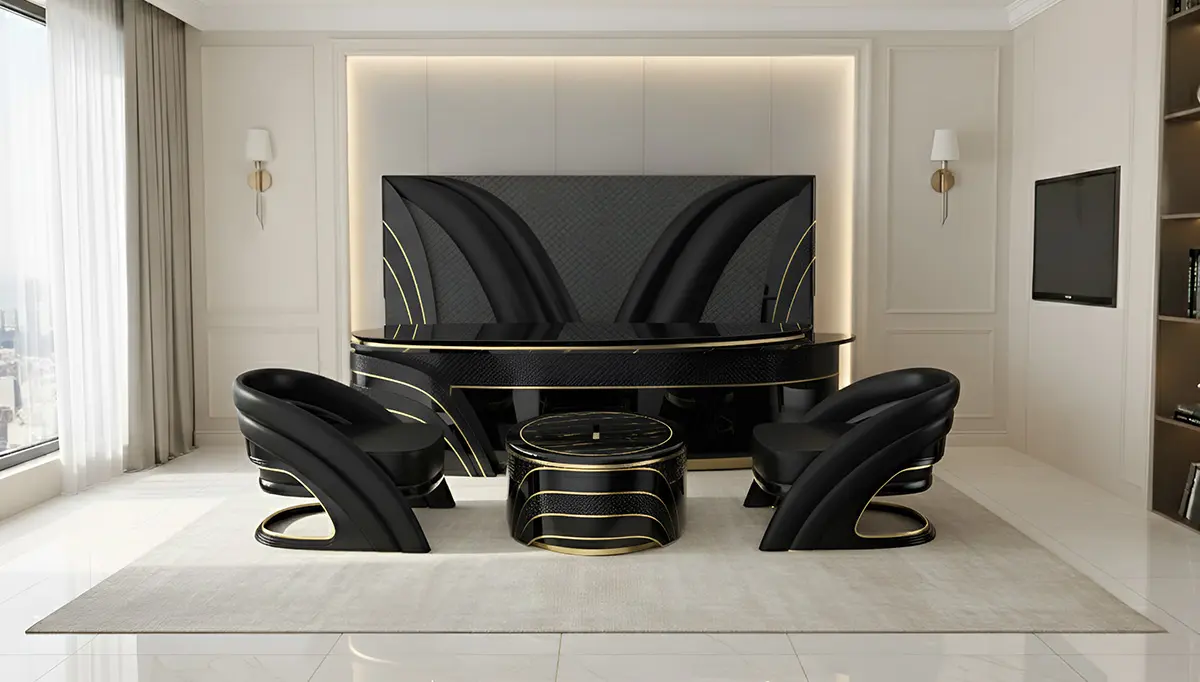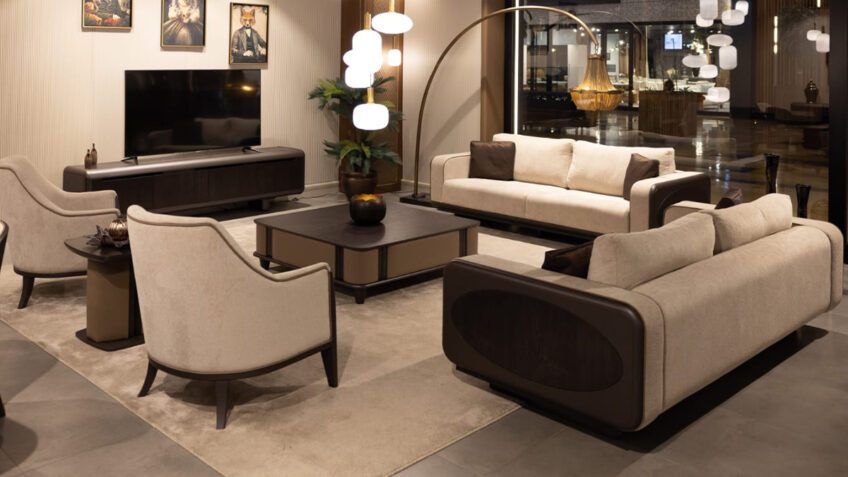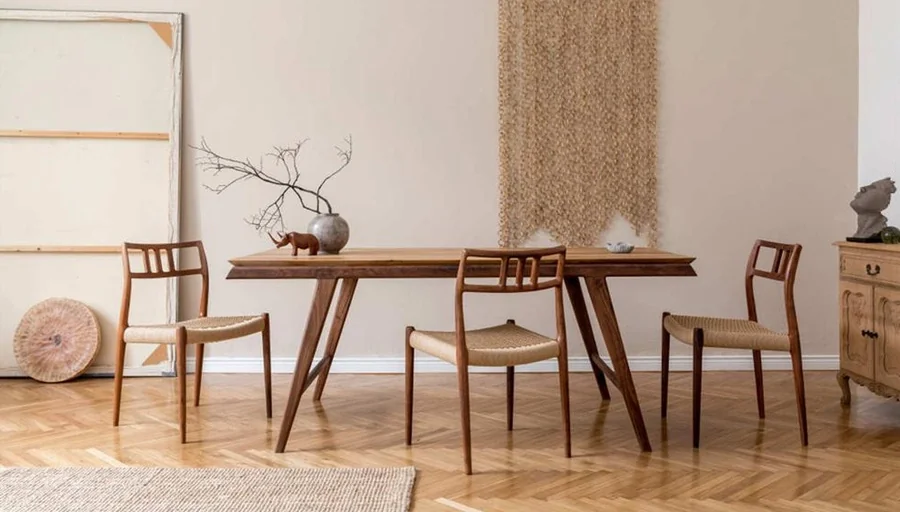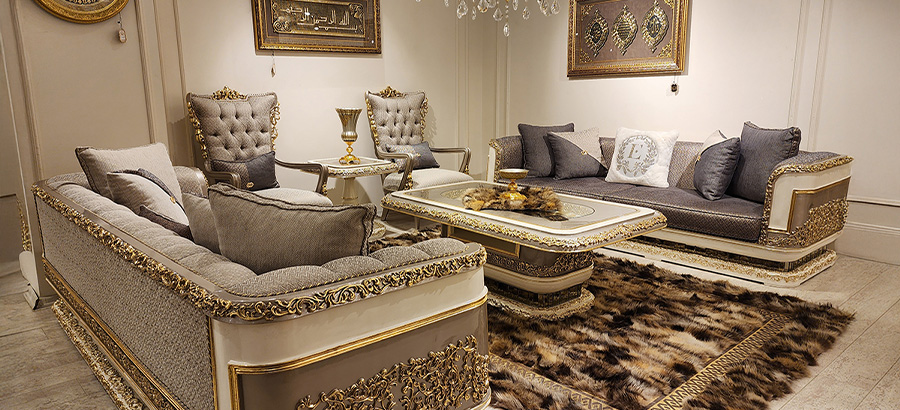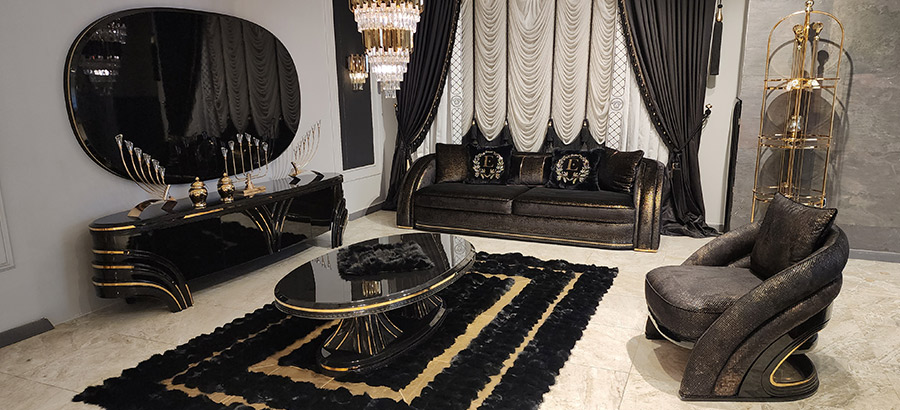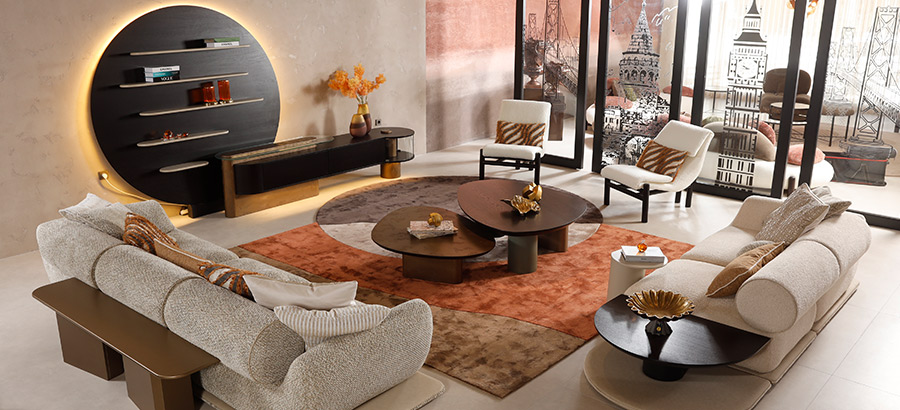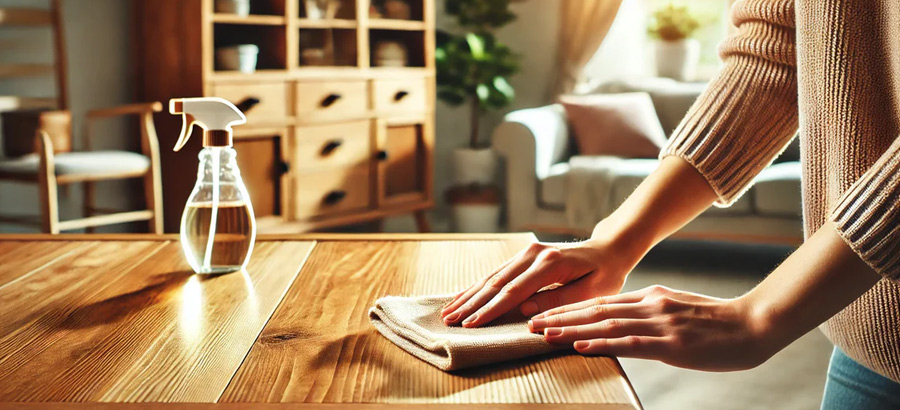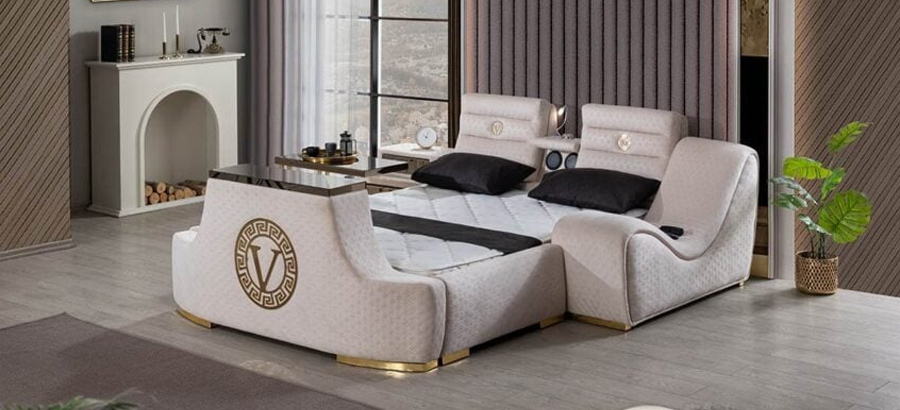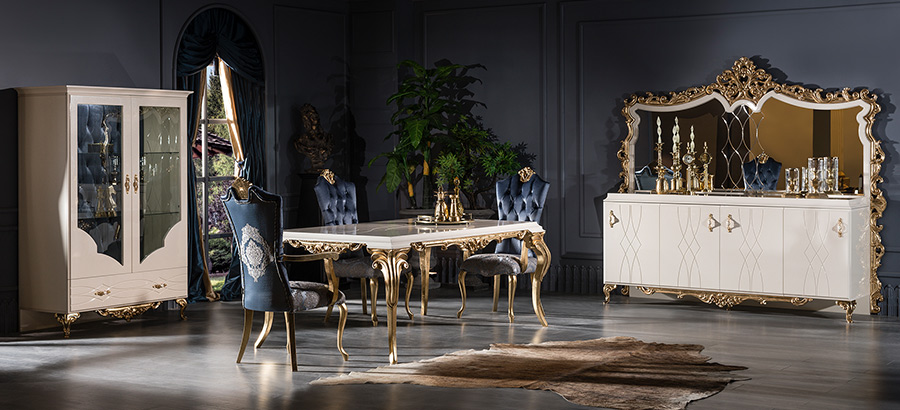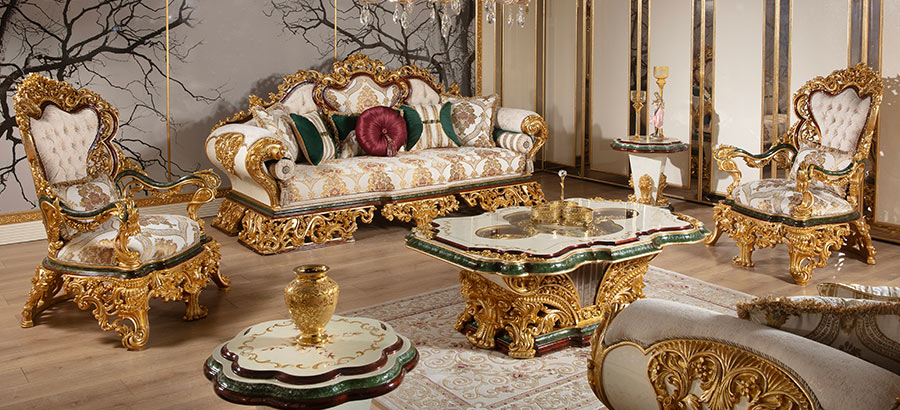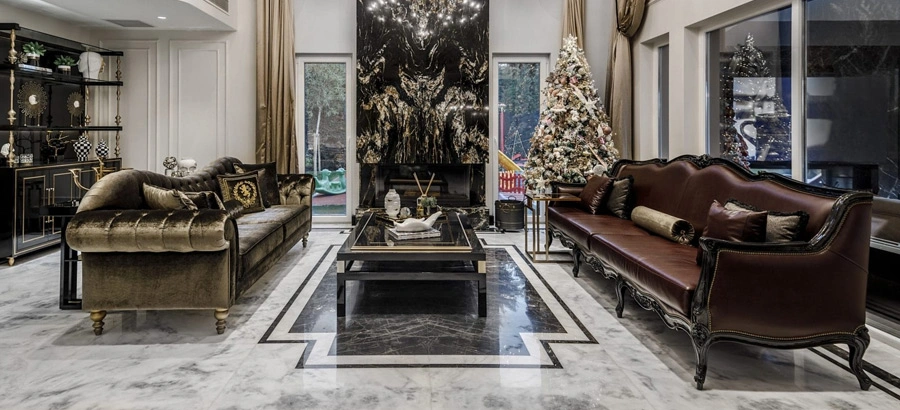When it comes to creating a memorable hotel experience, the room’s design plays a pivotal role. Guests expect not only comfort but also style, elegance, and functionality. That’s why selecting the right furniture for hotel rooms is a critical investment. Each piece must serve a purpose both aesthetic and practical while reflecting the hotel’s brand identity.
In this blog post, we’ll explore the essential principles behind furnishing hotel rooms and share expert tips on achieving the perfect balance between sophistication and practicality.
Why Furniture Matters in Hotel Design
Furniture is more than just décor—it shapes the guest experience from the moment they enter the room. From the bed to the bedside table, every item contributes to comfort, convenience, and visual harmony.
A well-furnished hotel room should:
- Enhance the room’s layout and maximize space efficiency.
- Reflect the hotel’s style, whether it’s modern minimalism or classical opulence.
- Withstand daily wear and tear from constant guest use.
- Incorporate smart, multifunctional elements without compromising elegance.
In today’s competitive hospitality landscape, hotels must offer both visual appeal and real value. Let’s explore how to achieve that.
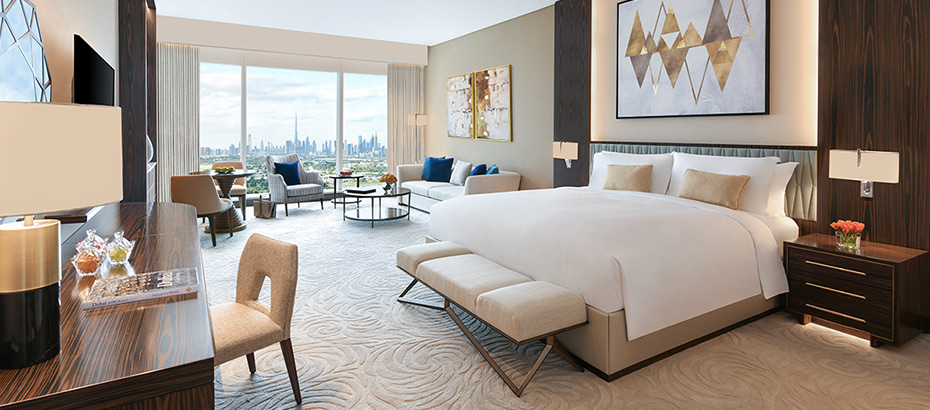
1. Start with a Functional Layout
Before choosing any furniture, plan the room’s layout. Consider the typical movements of guests, luggage placement, lighting needs, and plug access. The furniture you select must support a natural flow of activity.
Key Considerations:
- Ensure the bed is centrally placed for prominence and balance.
- Leave at least 90–100 cm of walking space around main furniture pieces.
- Place seating near windows or natural light sources.
- Use space-saving solutions like wall-mounted desks or modular nightstands.
Designing the layout first helps you choose furniture that fits both in size and in style.
2. The Bed: Centerpiece of Comfort and Luxury
The bed is the undisputed focal point of any hotel room. It must deliver unmatched comfort and instantly convey quality. Choose a sturdy frame, an orthopedic or memory foam mattress, and a stylish headboard to enhance visual interest.
Design Tips:
- Opt for upholstered or tufted headboards to add softness and warmth.
- Match bedding with the overall color scheme—white for luxury, earth tones for calm.
- Add a bed bench at the foot for both visual appeal and convenience.
Hotels aiming for a premium experience often invest in custom-made bed designs that align with their brand identity.
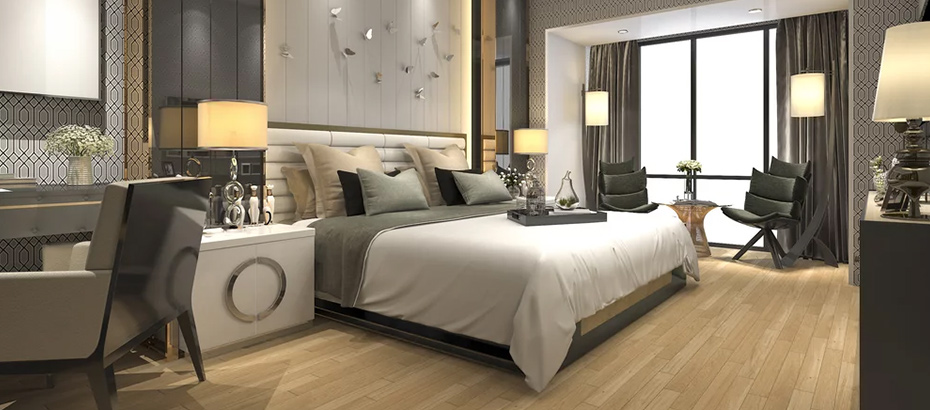
3. Storage Solutions that Disappear in Style
Closets, dressers, and bedside tables should offer ample storage while maintaining a clean look. Modern hotel rooms often incorporate built-in wardrobes with sliding doors, sleek handles, and hidden compartments.
What to Look For:
- Drawers with soft-close mechanisms.
- Multi-purpose nightstands with USB charging stations.
- Wall-mounted luggage racks that free up floor space.
Minimalist designs with integrated storage help reduce visual clutter and keep rooms looking elegant.
4. Seating That Elevates the Guest Experience
Seating is an often-overlooked aspect of hotel room design. Whether it’s a comfortable armchair, a chaise lounge by the window, or a small writing desk chair, seating adds function and a touch of homeliness.
Style Meets Comfort:
- Choose chairs with ergonomic support and luxurious upholstery.
- Mix materials—like leather, velvet, or wood—to create texture and depth.
- Ensure there’s a balance between lounge-style seating and workspace functionality.
Seating should invite guests to relax or work without disrupting the room’s visual flow.

5. Workspaces That Don’t Feel Like Offices
Today’s travelers often mix leisure with work, so a thoughtfully designed desk area is essential. However, this space should not break the room’s aesthetic.
Integrate Function with Style:
- Use compact desks with integrated power outlets.
- Match the desk and chair to the rest of the room’s material palette.
- Consider adding a decorative mirror above the desk to double as a vanity.
With remote work on the rise, hotel furniture must accommodate functionality without becoming too corporate.
6. Lighting and Accessories: The Finishing Touches
Furniture is not complete without appropriate lighting and accessories. Lighting should create ambiance and functionality—both soft, warm bedside lighting and brighter, task-specific illumination.
Design Essentials:
- Use layered lighting—ambient, task, and accent—for a luxurious effect.
- Choose elegant fixtures like pendant lights or wall sconces that save space.
- Complement furniture with tasteful accessories like throw pillows, rugs, and framed artwork.
Accessories personalize the room and reflect the cultural or stylistic theme of the hotel.
